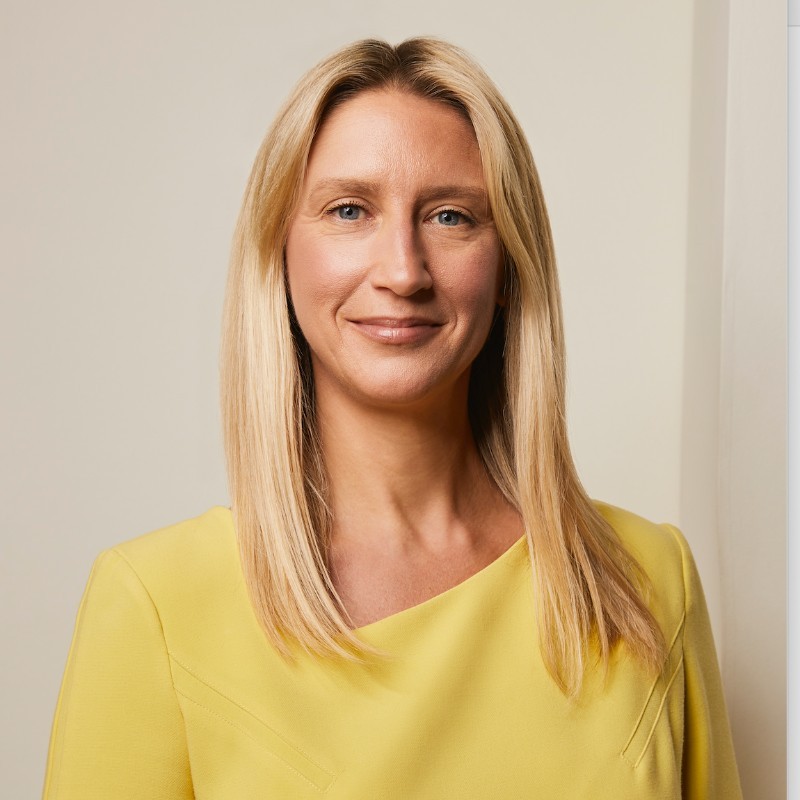We read and hear a lot about Hollywood films and high-end TV being shot on LED stages with sophisticated in-camera visual effects, but what’s happening in adland?
Driven by ESG (Environmental, social and corporate governance) ambitions as well as economics – productions “cost less if you know what you are doing, and … emit less carbon”, says Fabrice Beaulieu, chief marketing officer at leading hygiene, health and nutrition brand Reckitt – adoption in commercials production would seem to be strengthening.
In particular, as Mark Graeme, executive producer and head of Flare Productions at AMV BBDO points out, virtual production allows agencies and production companies to execute big ideas that would be otherwise uneconomical to realise.
“In our Currys ‘No Questions Unanswered’ work, for example, we have fantastical cut-aways where we may be in a Japanese technological lab one moment, up a mountain in Yosemite or in a sports stadium the next. Sustainability aside, that simply isn’t practical to be shooting on location, often for a short sequence, so VP gives creatives, producers and brands a big dose of flexibility.”
Mark Graeme, Flare Productions at AMV BBDO
Leila Bartlam, chief production officer at Accenture Song Production Studios says of the economics of virtual production, “Every idea is unique and the amount of time, money and creative ambition attached to a project varies considerably. We are seeing around a 20% saving, but in some cases, it can be more expensive. For example, the visuals used on the LED screens can be more sophisticated or complex to build and therefore more expensive, yet at the same time, they may allow us time savings, carbon savings and a greater creative output”.

While pushing creative boundaries, the positive impact virtual production can have on the carbon footprint left by a commercial can be pleasingly huge. A recent Bupa ad from AMV BBDO, which was made by Quite Brilliant at Garden Studios, emitted 3.97 tonnes of CO2 compared to an estimated 121.53 tonnes if had been shot traditionally and on location (a reduction of 95%). Bupa say these emissions were calculated using Ad Net Green.
“Having a fully controllable background and environment, carrying any image you can imagine in full 12k resolution, should be a creative and production playground to embrace. Yes, there are limitations and techniques to ensure the viewer believes your storytelling, but that has been true of theatre, cinema, and filmmaking since day dot.”
Mark Graeme, Flare Productions at AMV BBDO
LED stage shoots generally involve less flying. Elsewhere, some LED screens and lighting systems are capable of running on 100% renewable energy. Add to that, local sourcing of equipment and services offsets any minor negative elements that remain. And all of this without affecting creativity.
Sophisticated lighting and reflections that have to be painstakingly created in post production can and do, if handled properly, come for free when shooting on an LED stage and in particular an LED volume – usually a curved screen with an LED ceiling providing enveloping interactive lighting.
“The best time I have had on a VP set is when the director yelled ‘can you move the sun please!’. We shot during magic hour for the whole day and actually moved mountains. A magic hour shot is usually a high-stress fleeting moment during which you may or may not get lucky. [VP] is an incredible tool that helps us balance all of these considerations and challenges just like any other production tool.”
Leila Bartlam, Accenture Song Production Studios
In short, in the main, a commercial’s VFX budget is transferred to pre-production and high-end previsualisation. This is disruptive and again affects the economics as productions themselves have to take on more upfront costs, but they save it on the back end.
During a cost crunch, virtual production, LED stages and in-camera visual effects allow agencies, production companies and their brand clients to remain creative and competitive while keeping their Scope 1 and 2 emissions as low as possible. If you are considering switching to this method of production but are yet to take the plunge, get in touch and we’d be happy to guide, advise and support you on your first tentative steps – contact@mondatum.com.
Source: The Drum


